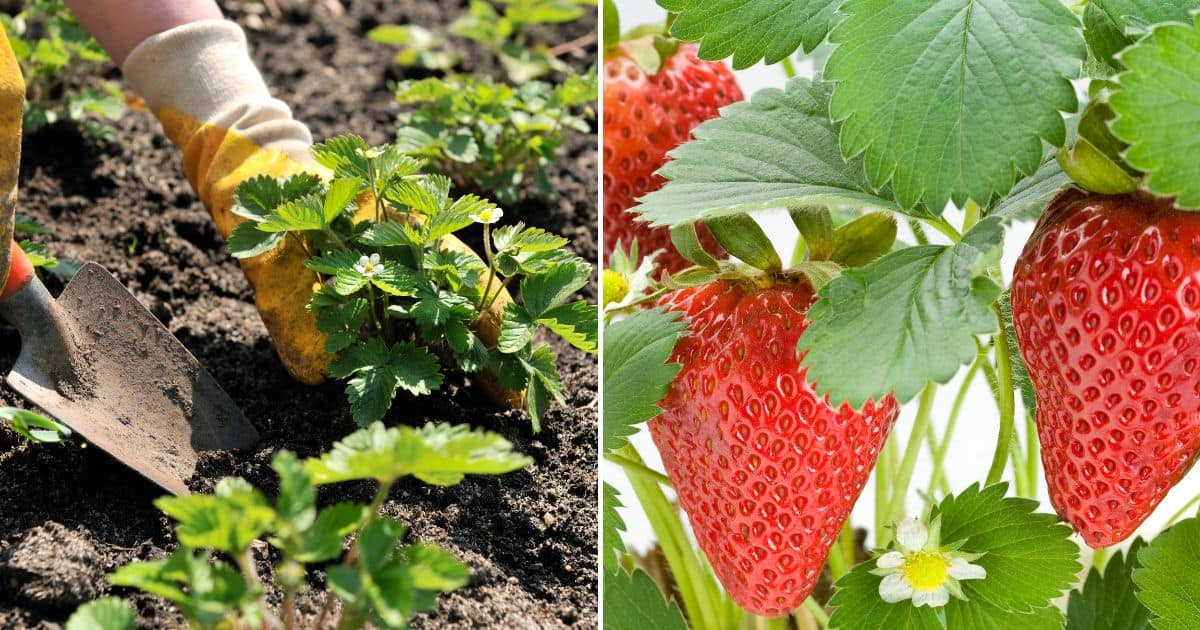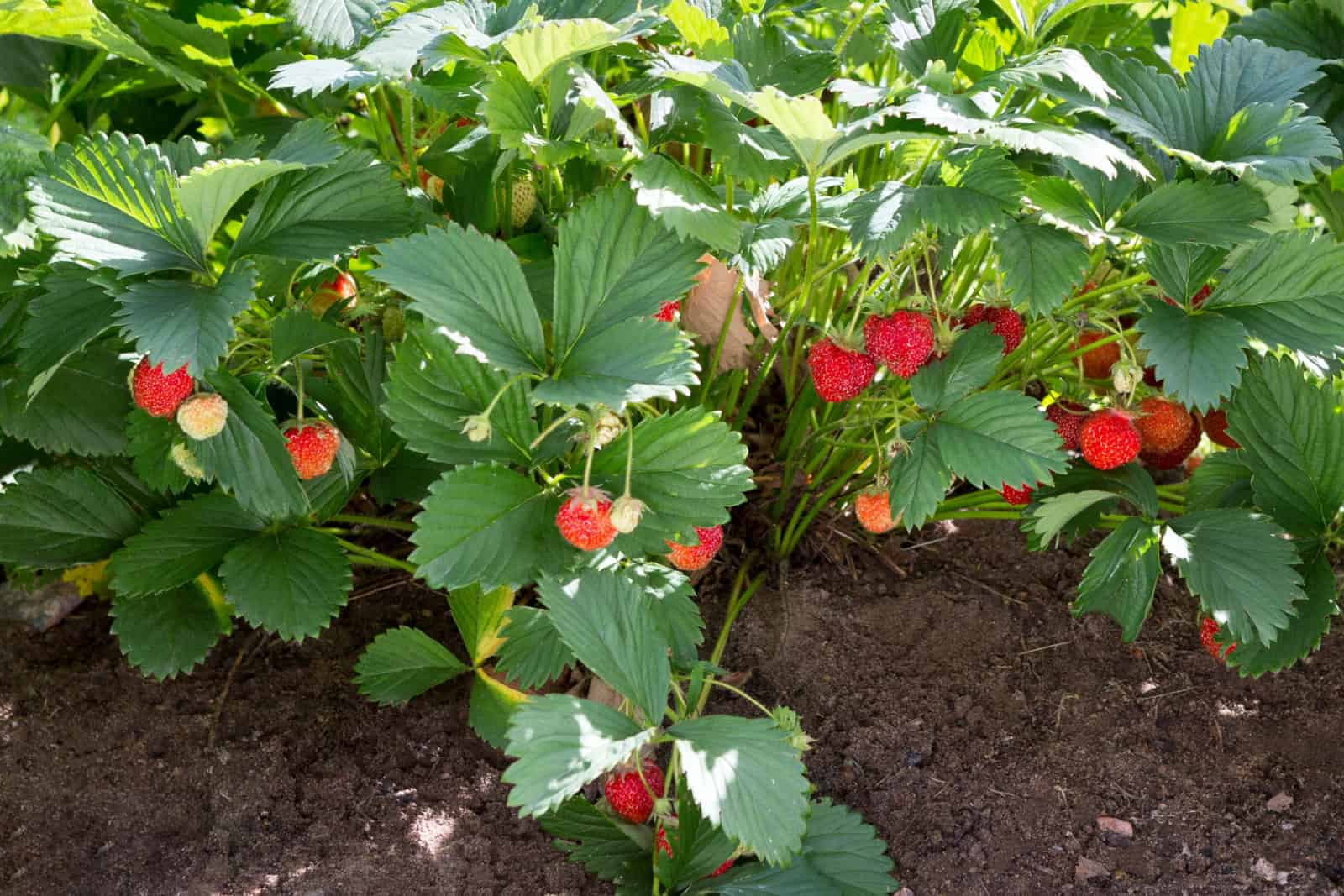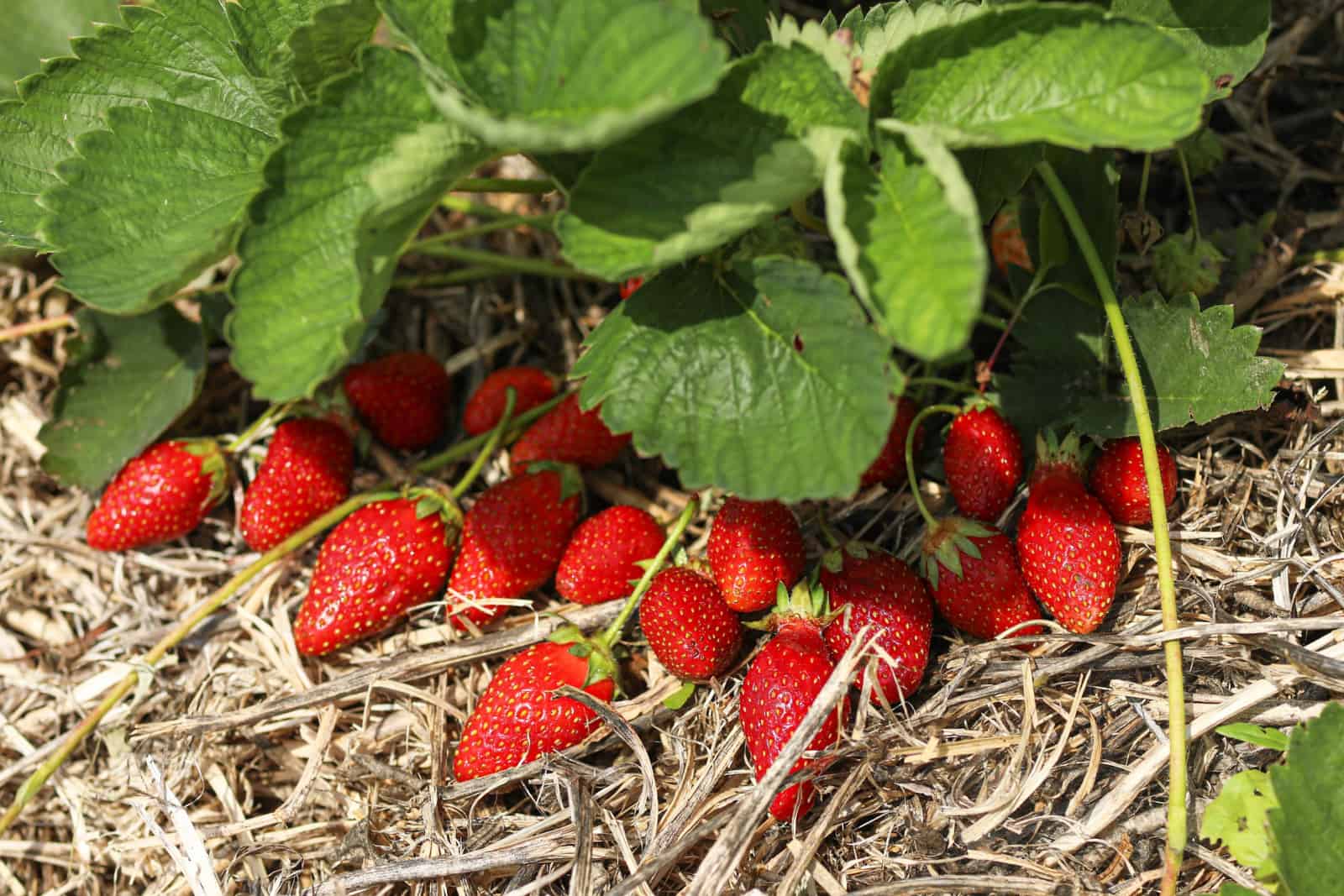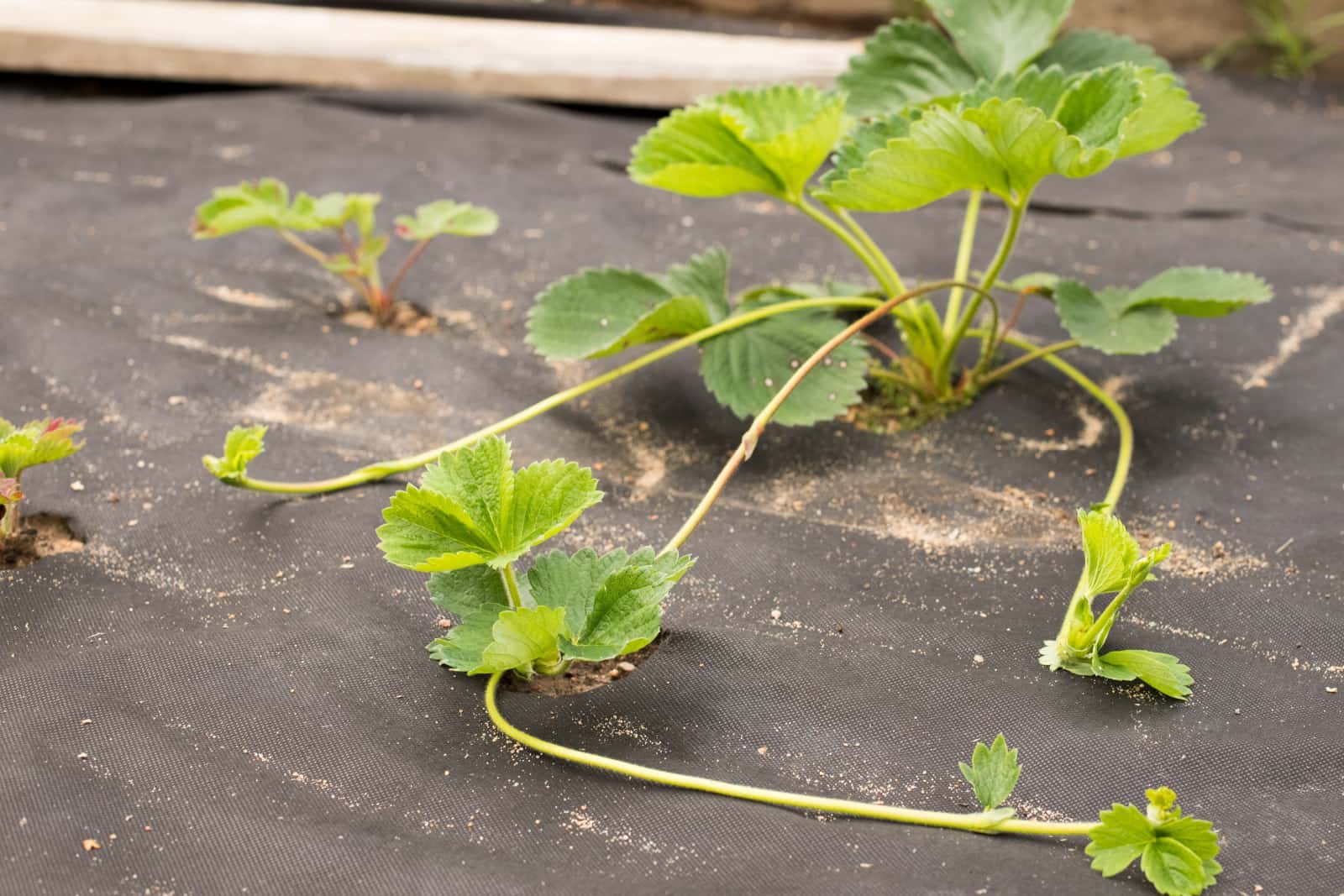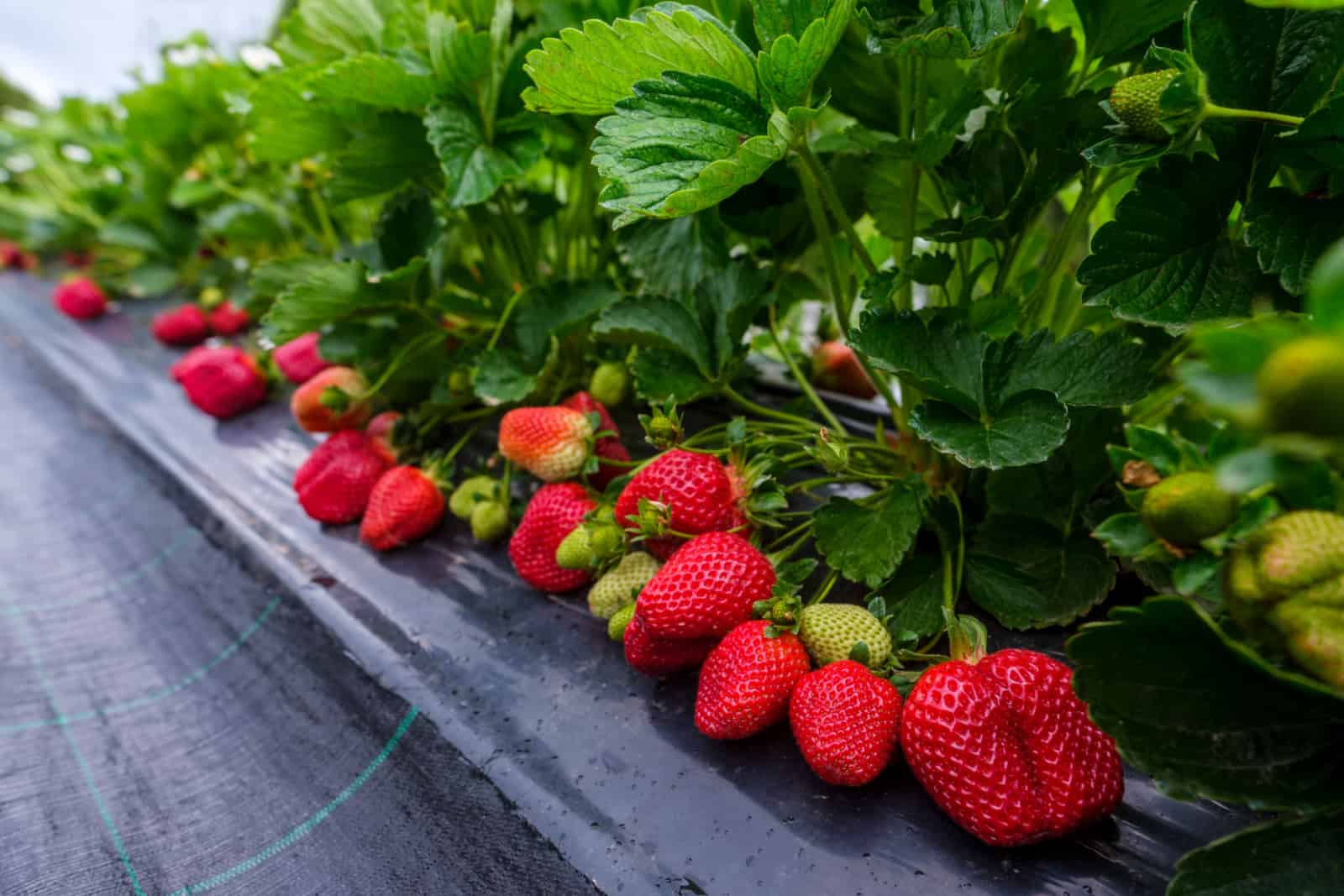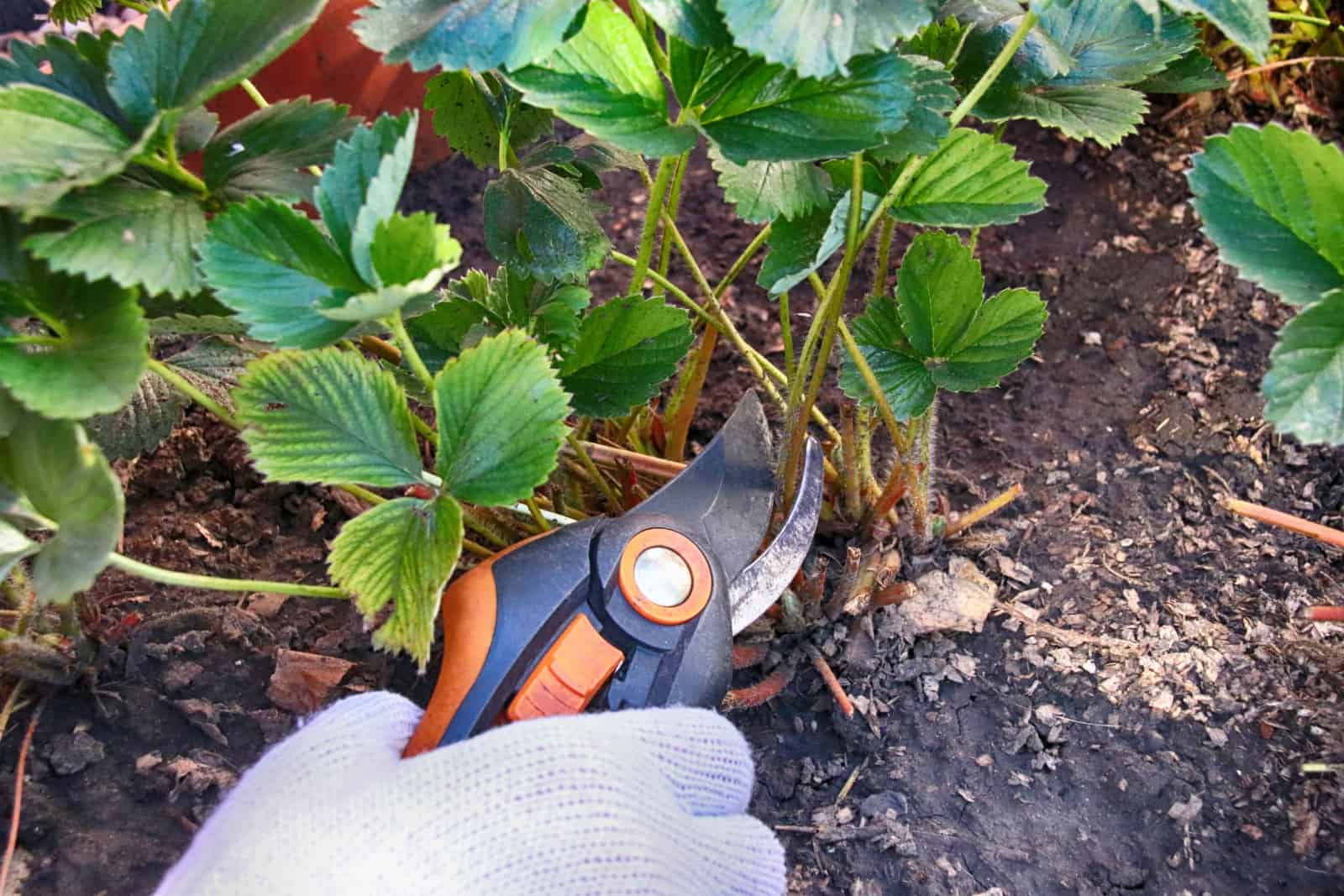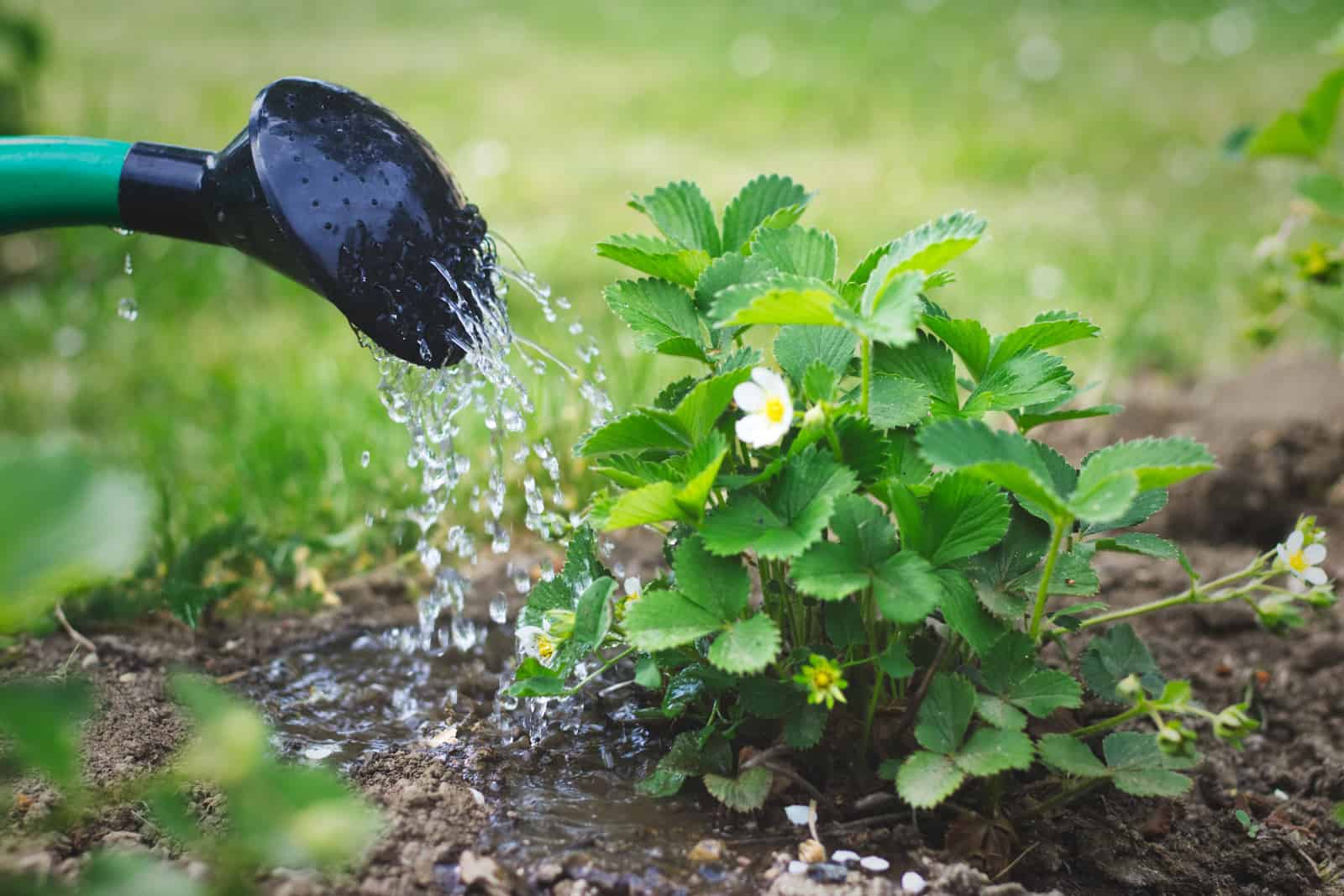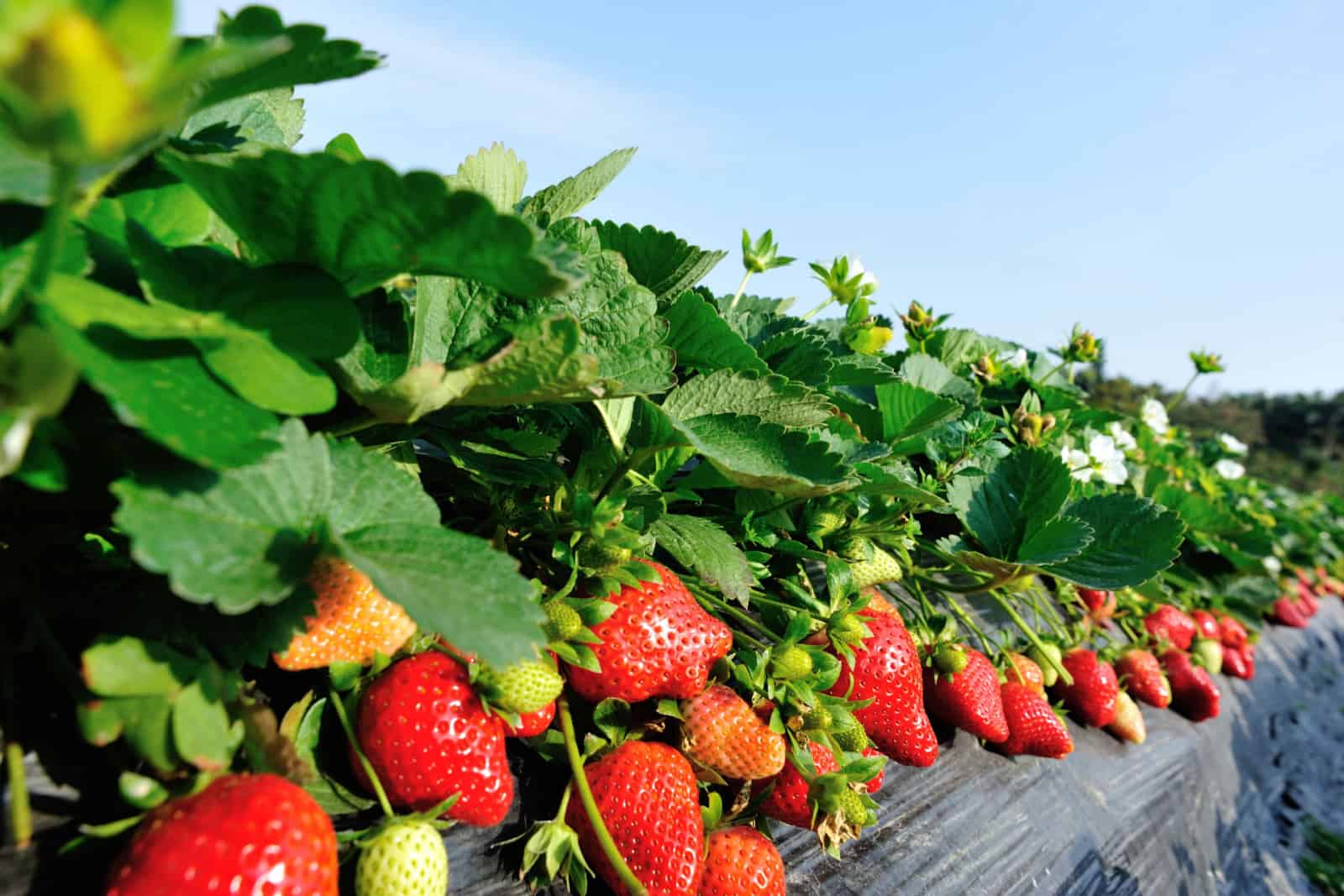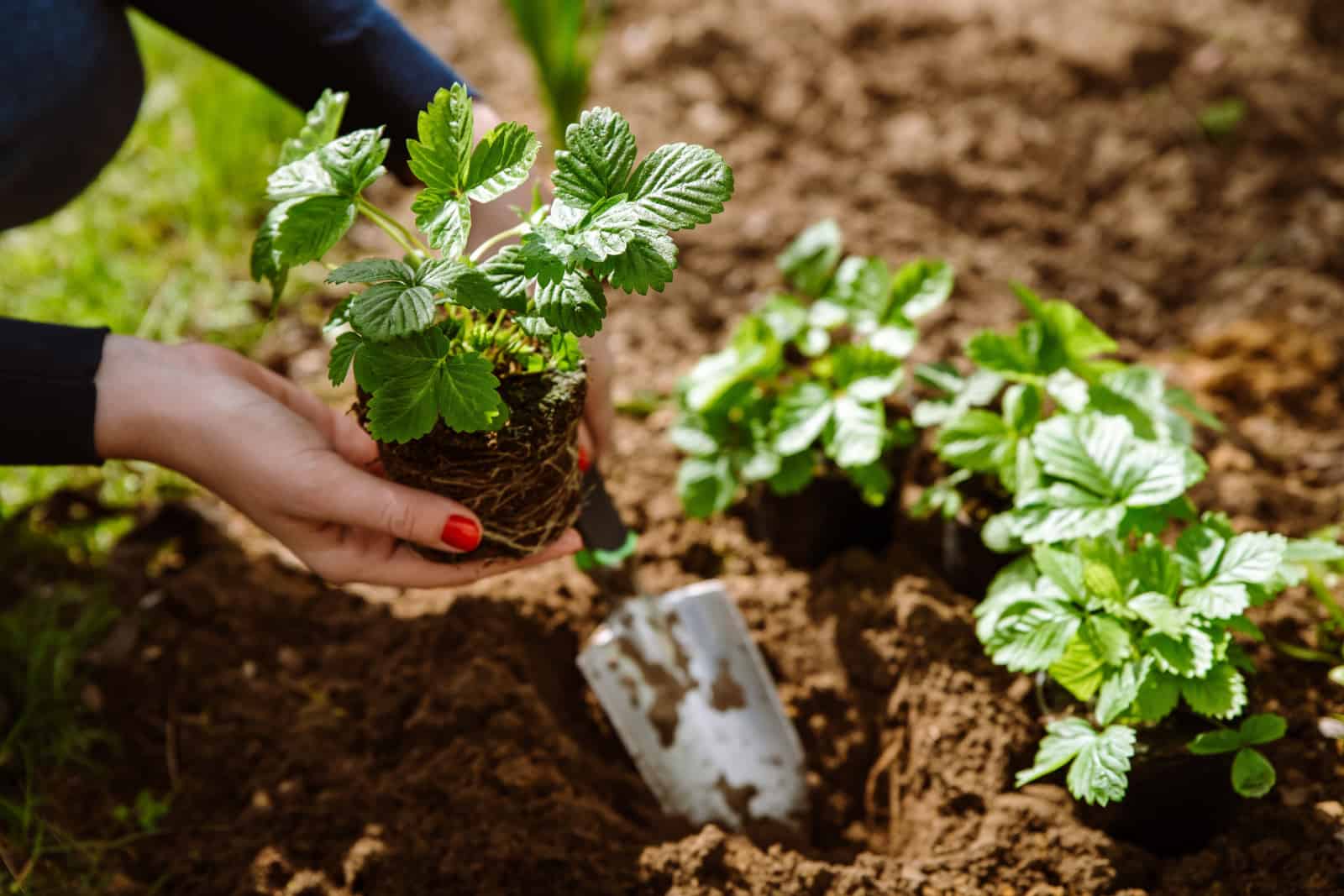Summer is just around the corner, and nothing screams ‘summertime’ like a fresh, juicy strawberry. It’s just pure enjoyment biting into a homegrown strawberry on a hot summer day and savoring its sweet flavor.
Luckily, you don’t have to be a gardening expert to grow your own delicious strawberries. Whether you have acres of land or just a balcony to work with, strawberries are an easy and rewarding crop to grow.
So, if you want to enjoy a large harvest of these beautiful berries, we’ve got some useful tips and tricks for you to try. Keep reading to discover how to grow the best strawberries you’ve ever had in your life!
1. Keep The Bed Nice And Clean
No, I’m not talking about your bed (though you should keep that nice and clean as well!), I’m talking about the strawberry bed. Strawberries are low-growing plants. Since they grow close to the ground, they are exposed to different pests, fungi, and diseases.
You might spot annoying weeds growing around your plants and stealing their nutrients. This is why keeping the bed nice and clean is crucial for getting plenty of delicious berries.
Get rid of weeds by hand picking them or adding mulch, which is discussed in more detail below. Remove critters like slugs and trim off any damaged leaves. You can even try growing them in containers or hanging baskets.
Remember to check on them everyday during the growing season and deal with any issue carefully.
2. Add Some Mulch
Adding mulch to your plants has lots of benefits. For instance, mulch can prevent weed growth and aid with moisture retention (all of which are crucial for strawberry growth). In addition, it can also protect the plant from rotting and disease.
You can see how important mulch is when it comes to these low-growing plants. When you mulch your berries, you keep weeds away, keep the strawberries clean as they grow, protect them from diseases, and seal in the moisture they need.
If you don’t add mulch, your strawberries will get dirty everytime it rains. With each splash of mud, thousands of microbes would crawl all over your berries – trust me, that would be the last straw(berry) for your crop!
3. Pinch Those Runners
Once the strawberries are established, they will start producing runners. These runners only have one goal – and that is to spread and reproduce. The main plant can send out numerous runners in order to multiply.
These runners still need energy and nutrients to grow. They will end up stealing the nutrients that your plant needs in order to produce the best berries. This is why you should check the plant daily during the growing season and cut the runners.
You can leave some if you want more plants to develop, though I wouldn’t recommend allowing more than three runners to grow.
Once the secondary plant has taken root and is developing independently in the soil, you can cut the runner to provide space between the parent plant and the offspring. Likewise, cut off any runners that emerge from the secondary plant.
4. Give Strawberries Some Nitrogen
According to the University of Minnesota, the most crucial nutrient required for strawberry growth is nitrogen. Other nutrients, such as phosphorus and potassium are also important, but nitrogen is the number one nutrient required for strawberry production.
You can’t just go ahead and sprinkle nitrogen whenever you want. If you add nitrogen at the wrong time, you will boost the production of leaves and runners instead of the berries.
The best time to add nitrogen-rich fertilizer would be in the beginning of the growing season in spring, and also after harvest in fall.
Choose your fertilizer wisely. If you want to use natural fertilizer, opt for blood emulsion, compost, manure, or fish emulsion. Be careful with animal manure because it can burn the plant’s roots.
I would recommend you use a fertilizer that only contains nitrogen (such as urea 46-0-0), although you can use a balanced one that contains equal portions of nitrogen, potassium, and phosphorus.
5. Pruning Is Crucial
Once your strawberry plants are done producing for the season, they will require a trim. The best time to prune strawberry plants is in late summer. This is also the time when you should give them that nitrogen boost.
You can even do this with your lawnmower if you’re growing your plants directly in the ground. If not, manually prune them back to a height of about 2-3 inches above the ground. Make sure to dispose of infected clippings and compost healthy trimmings.
6. Water Carefully
Finding the perfect watering schedule for your strawberries is very important. Generally speaking, they require about 1 to 1.5 inches of rain in a week. This is not applicable during drought periods.
This is why you should master keeping the soil constantly moist, but never waterlogged. I always water my strawberries early in the morning so that the plant can dry during the day. Wet leaves overnight can lead to fungal diseases.
Use a soaker hose or drip irrigation to avoid getting the leaves wet because this can also cause fungal infections. Always check the soil before watering – if it feels moist, postpone watering until the next day.
If you give the plant more water than it needs, you might end up overwatering it. Overwatering comes with a lot of different issues such as root rot, a fungal disease that can turn your strawberries black.
7. Find The Perfect Location
Choosing the right location for your strawberries is crucial for their growth and productivity. Strawberry plants need a lot of light to produce berries. A place with at least 6 to 8 hours of direct sunlight each day is ideal.
Strawberries grow best in well-draining, fertile soil that’s between pH 5.5 and 6.5. Plants should not be grown in dense clay soils because they can become waterlogged and poorly drained.
Having good air circulation around your strawberry plants is also important because it may help in preventing the growth of fungi and other diseases.
In colder regions, think about planting where there is some protection from late spring frosts, like next to a south-facing wall or in a raised bed.
8. New Is Always Better
As the plant gets older, it will stop producing as many berries as it used to. This is why strawberry plants need to be replaced every four years; that is, if you want to keep having berries.
This is done by allowing a few plants to produce new plants from their runners instead of replacing an entire batch of plants at once. You can start by removing and replacing about a third of your plants in the second year, and continuing the process in the following years.
If you follow this process, you will be able to replace the oldest plants every year and keep your strawberry bed healthy and productive.
I hope you found this article helpful.
Until next time!

